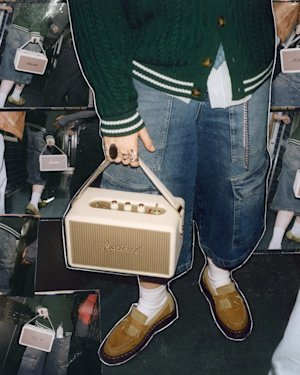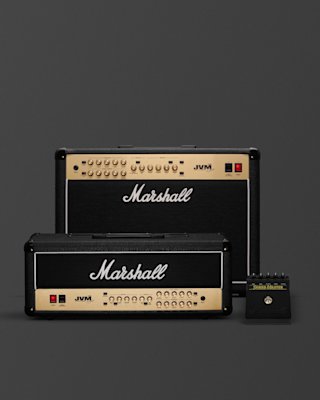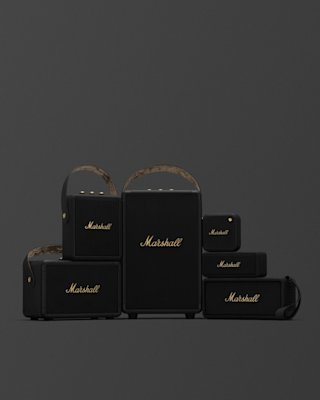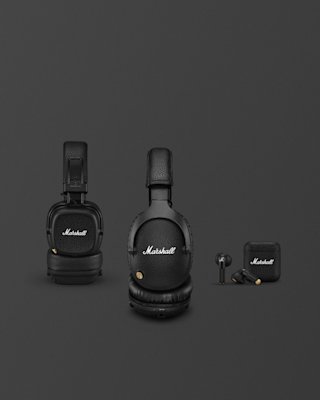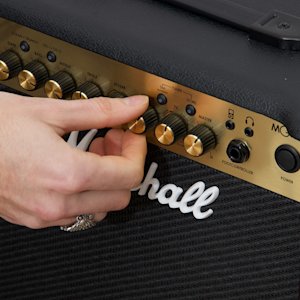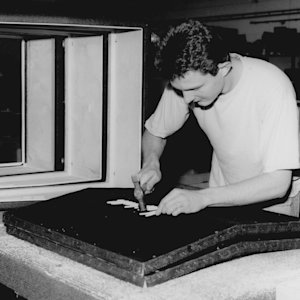
MARSHALL PRESENTS AN MTV CRIBS SPECIAL
TUNE IN NOWAMPLIFY YOUR MOVIES & MUSIC
Meet Heston 120 – our monumental TV soundbar with immersive, centre stage sound.
Give it up for Kilburn III
Legendary sound, inside & out. Our latest portable speaker will keep you going all weekend.
Beginner guides to kickstart your guitar journey
Whether you're choosing your first beginner guitar amp or learning the basics, our beginner's hub has everything you need to start your guitar journey and unlock your full potential.
Learn more hereMade in the UK
Marshall shaped rock 'n' roll in the '60s with amps built in Bletchley, and many iconic models are still crafted there today.
Learn more
